Services
We provide professional domestic services with highly experienced and screened staff. Our focus is on building trust, respect, and a safe environment for your household, ensuring peace of mind with every placement.
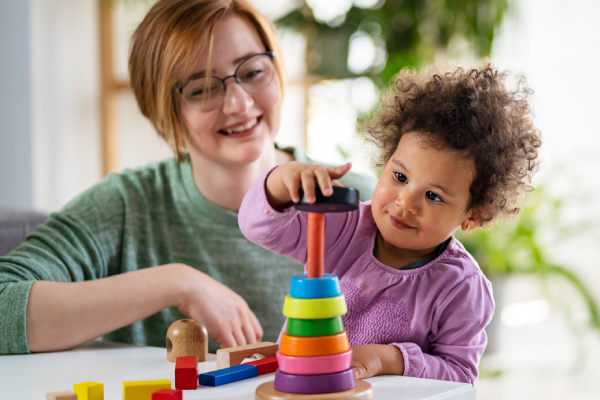
Nannies
A Nanny, or Childcare Provider, is tasked with taking care of one or more children. To ensure each child is physically and emotionally fulfilled, a Nanny has many duties.
As an example of common duties for a Nanny includes:
- Organizing daily activities and educational projects
- Cleaning the children living spaces and completing basic household chores
- Preparing nutritious meals for the children
- Transporting children to and from their scheduled activities and appointments
- Providing a safe, positive environment where children can learn and play
- Helping children maintain personal hygiene
- Collaborating with parents to create a schedule of appropriate activities
- Fulfilling each child’s social, emotional and intellectual needs
A full-time nanny's hourly rate can depend on their location, responsibilities, qualifications, and the type of care needed.
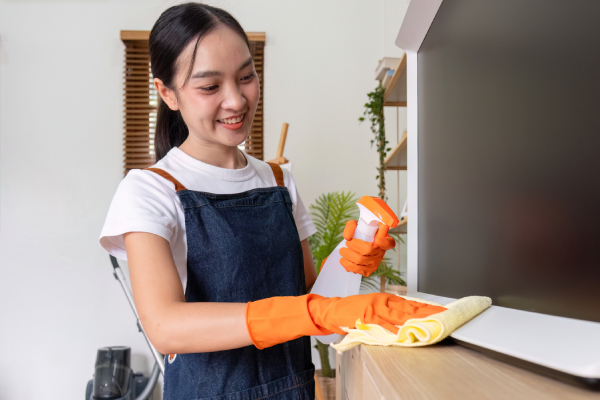
Housekeepers
As an example of common duties for a Housekeeper includes:
- Cleaning: Housekeepers clean and maintain the cleanliness of a home, including sweeping, vacuuming, dusting, mopping, and cleaning windows.
- Laundry: Housekeepers wash and iron clothes, towels, and sheets.
- Dishes: Housekeepers wash dishes and clean stovetops, fridges, ovens, and coffee pots.
- Linens: Housekeepers change bed linens and bath towels, and wash used linen.
- Trash: Housekeepers empty trash cans and recycling bins.
- Safety: Housekeepers report any safety hazards to the homeowner or manager.
- Sanitation: Housekeepers follow sanitation and safety protocols.
- Organization: Housekeepers arrange pillows to make beds more comfortable.
- Frequency: Housekeepers can complete tasks on a daily or weekly basis.
Executive housekeepers have the same duties as housekeepers, but they also manage the housekeeping staff and day cleaners.

Babysitters
A Babysitters is responsible for supervising children when their guardians are unable to watch them, either in their own home or a client’s home.
Normally in hourly basis.
As an example of common duties for a Babysitter includes:
- Safety: Babysitters are primarily responsible for the safety and well-being of the children in their care. They should always be alert and aware of their surroundings.
- Diaper changes: Babysitters change diapers when needed, including laying the child on a clean surface, removing the diaper, cleaning the baby, and dressing them in a fresh diaper.
- Activities: Babysitters plan and organize age-appropriate activities for children based on their interests, abilities, and development.
- Meals: Babysitters prepare healthy meals and snacks for children.
- Homework: Babysitters help children with homework.
- Housekeeping: Babysitters may perform light housekeeping duties, such as emptying the trash, loading and unloading the dishwasher, and keeping the kitchen and kids’ areas clean.
- Transportation: Babysitters may transport children to and from school or other activities.
- Schedule: Babysitters maintain a daily schedule, including nap times.
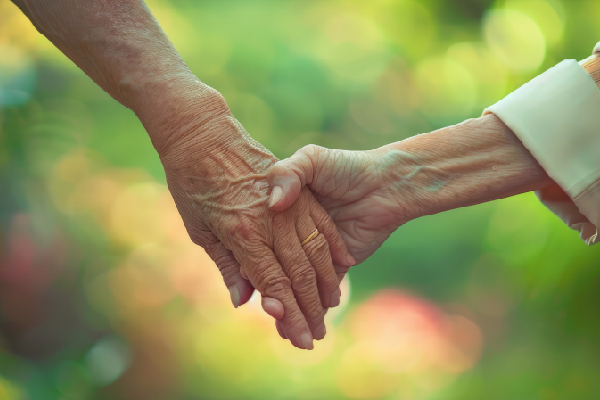
Caregivers
Provide more comprehensive services, including personal and medical care. Caregivers are often trained professionals with certifications, coursework, or licensing. They may perform a variety of tasks, including bathing, dressing, transportation, meal preparation, medication management, and mobility assistance. Caregivers are a better choice for seniors with more serious health conditions or mobility issues.
As an example of common duties for a Caregiver includes:
- Food preparation
Caregivers may prepare meals, shop for groceries, and wash dishes. They may also monitor food intake and ensure that patients eat healthy meals. - Transportation
Caregivers may drive patients to and from activities, run errands, and help patients get in and out of vehicles. - Medication management
Caregivers may ensure that patients take their medications correctly, on time, and in the correct dosage. They may also remind patients to take their medications. - Emotional support
Caregivers may provide compassion, understanding, and encouragement to patients, especially during difficult times. - Mobility assistance
Caregivers may help patients get in and out of chairs, cars, and showers. They may also help patients move safely and comfortably within their homes and in the community. - Personal hygiene and care
Caregivers may assist patients with bathing, dressing, and using the restroom. - Personal supervision
Caregivers may provide companionship and general supervision to patients.
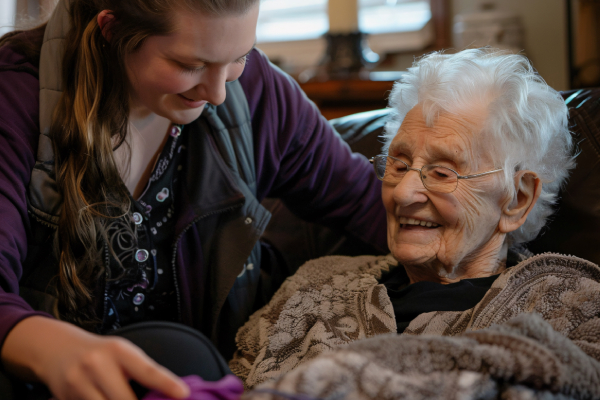
Companions
Provide emotional support and socialization. Companions may help with a variety of tasks, including light housekeeping, running errands, planning appointments, and preparing meals. Companions may also provide transportation to appointments and other activities. Companions are a good fit for seniors who primarily need companionship and help with everyday tasks but are otherwise self-sufficient.
As an example of common duties for a Companion includes:
- Emotional support: Companions listen to their employer's stories, offer support, and engage in their favorite hobbies.
- Companionship: Companions provide social interaction and keep their employer company.
- Assistance with daily activities: Companions may help with meal preparation, light housekeeping, transportation, and errands.
- Medication reminders: Companions may help their employer take their medications according to their prescription.
- Safety and well-being monitoring: Companions may monitor their employer's safety and well-being.
- Record keeping: Companions may record the progress or issues of their employer and share this information with family members with their client's permission.

Cooks-Chefs
A personal chef or private household cook's responsibilities may include depending on the workers training:
- Meal planning: Creating menus that meet the needs and preferences of their clients
- Food preparation: Cooking, trimming, washing, and peeling vegetables and meats, and baking breads and pastries
- Food storage: Cooling, labeling, packaging, and freezing food for later use
- Food handling: Ensuring food is handled correctly
- Kitchen management: Stocking, organizing, and cleaning kitchens and cooking utensils
- Dietary needs: Preparing meals for special dietary needs, such as gluten-free, vegan, vegetarian, or organic
- Client communication: Consulting with clients to understand their dietary needs and taste preferences
- Record keeping: Maintaining records for menus, finances, and other business-related issues
- Event preparation: Planning and preparing food for parties, holiday meals, luncheons, and other special events
- Sanitation: Cleaning and sanitizing the work area and tools before and after cooking
- Personal chefs may also manage a team of other chefs or cooks or oversee catering.

Personal Assistants
A personal assistant's job description includes a variety of administrative tasks that help their employer work more efficiently.
As an example, some of their responsibilities may include:
- Communication
Acting as the first point of contact for clients, answering phone calls and emails, and taking messages - Scheduling
Managing calendars, scheduling meetings and appointments, and coordinating events - Travel
Booking travel, accommodation, and ground transportation - Documentation
Drafting, formatting, and proofreading documents, reports, and presentations - Organization
Managing databases and filing systems, and implementing and maintaining administrative systems - Meetings
Preparing meeting rooms, taking meeting minutes, and ensuring the employer has the right brief for meetings - Time management
Helping with daily time management and reminding the employer of important tasks and deadlines - Errands
Running errands as requested
A personal assistant should have a positive attitude, be able to prioritize tasks quickly, and always be reachable. They should also have basic bookkeeping, task scheduling, and paperwork management skills.
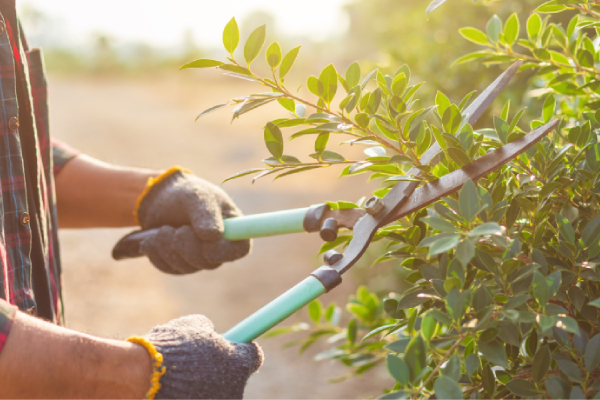
Gardeners
As an example, a house gardener's responsibilities may include:
- Maintaining gardens: Planting, pruning, and caring for trees, shrubs, flowers, and bushes
- Maintaining lawns: Mowing, trimming, and fertilizing lawns
- Maintaining grounds: Weeding, mulching, and removing leaves
- Maintaining equipment: Operating and maintaining lawnmowers, blowers, string trimmers, and other gardening equipment
- Providing advice: Advising homeowners on garden design (only when applies)
- Maintaining a clean environment: Sweeping, gritting, and pressure washing paths
- Managing waste: Collecting and assembling waste for disposal
Gardeners may work in a variety of conditions, including:
- Weather: Gardeners may work in rain, heat, or cold
- Seasonality: The amount of work can vary seasonally, with longer hours during peak times
- Physical demands: Gardeners may need to lift, bend, and use manual tools
- Exposure to hazards: Gardeners may be exposed to hazardous chemicals, loud noises, and hazards that can cause cuts, burns, and insect bites
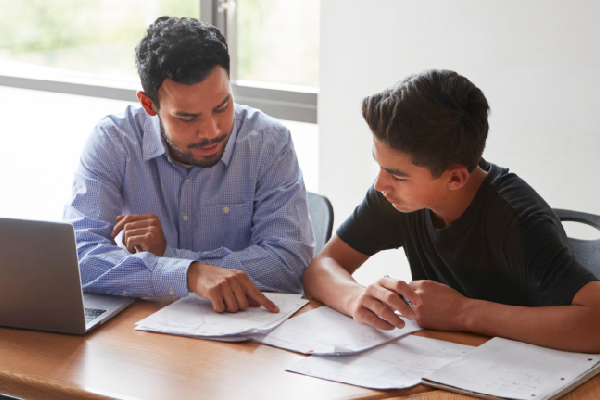
Tutor
Tutors help students learn and understand new concepts and complete assignments.
- They may work with students one-on-one or in groups, and their responsibilities may include:
- Teaching
Tutors help students learn or reinforce subject material by reviewing concepts, explaining processes, and helping students solve problems. - Preparing lessons
Tutors prepare lessons by studying lesson plans and reviewing textbooks. - Communicating
Tutors communicate with students and their parents in person, on the phone, and in writing. They communicate students' progress to parents. - Modeling
Tutors serve as role models for students, demonstrating techniques, strategies, attitudes, and beliefs that successful learners use. - Supporting students
Tutors support students' well-being, health, and safety, physically, socially, and emotionally. - Collaborating
Tutors collaborate with parents and the organization to increase student performance.
